linear-Alkyl benzene sulfonic Acid(LABSA)
Discover the Power of LABSA: The Ultimate Cleaning Solution
Are stubborn stains and grease becoming a daily frustration? Discover how LABSA can revolutionize your cleaning routine, providing unparalleled effectiveness while ensuring safety and eco-friendliness.

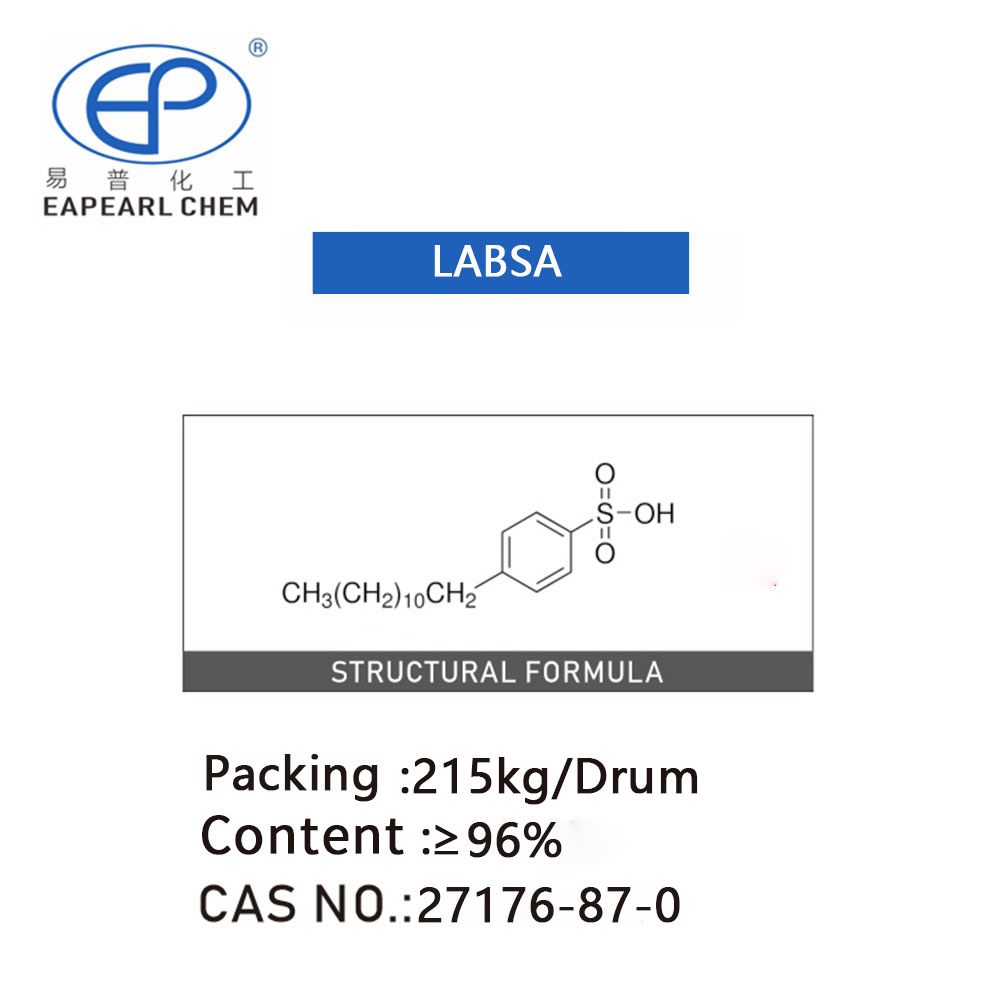

Introduction:
LABSA is derived from linear alkylbenzene (LAB), a hydrocarbon compound produced through the alkylation of benzene with linear olefins. The resulting LAB is subsequently sulfonated to yield LABSA, characterized by a linear alkyl chain attached to a benzene ring with a sulfonic acid group.
synonyms:
LABSA, calsoftlas99, bio-softs100, dodecylbenzenefulfonic, Laurylbenzenesulfonic acid, Dodecylbenzenesulphonic acid, n-Dodecylbenzenesulfonic acid, Linear alkylbenzenesulfonic acid, Dodecyl AlkylBenzene Sulfonic Acid, Linear chain alkylbenzene sulfonic acid
Nature:
LABSA exhibits amphiphilic properties, possessing both hydrophobic (alkyl chain) and hydrophilic (sulfonic acid group) regions. This unique molecular structure enables LABSA to lower the surface tension of water, facilitating the removal of dirt, grease, and stains from various surfaces.
LABSA Packaging Information

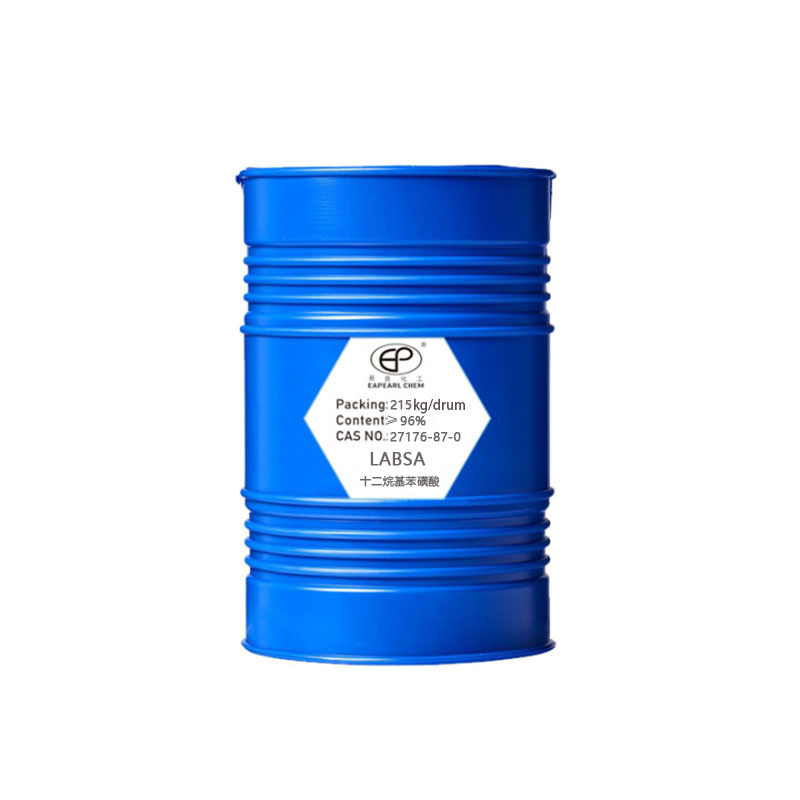


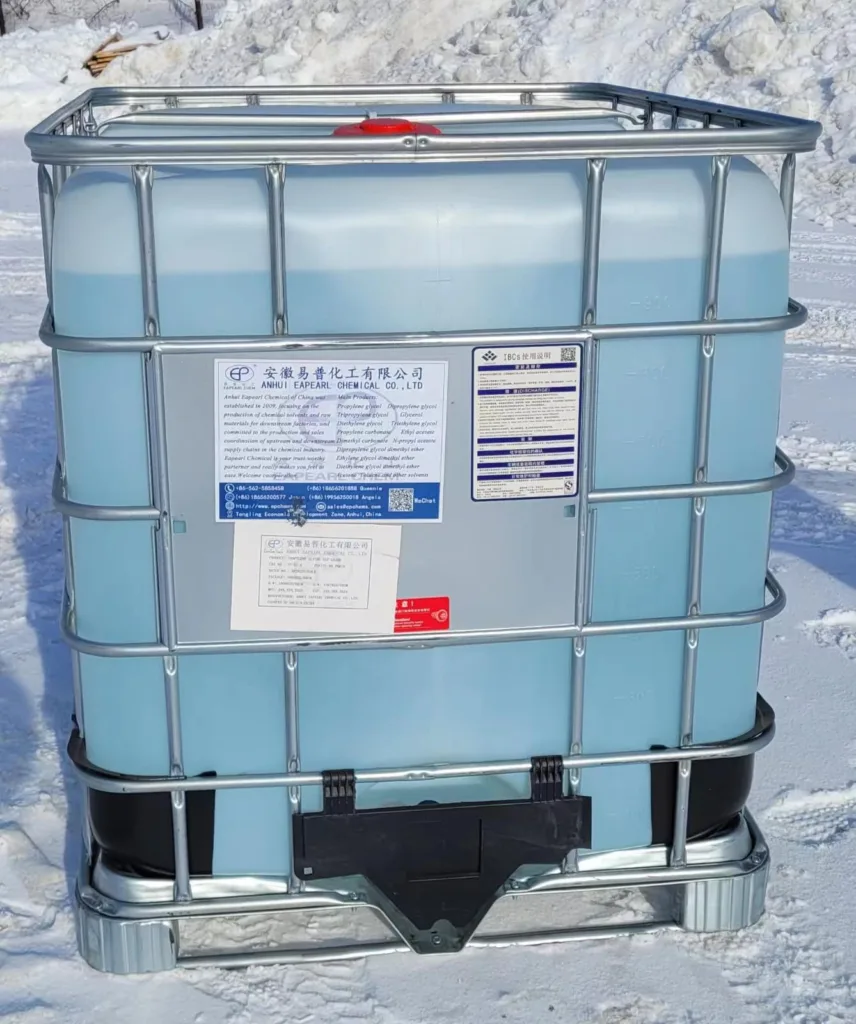




| LABSA packaging | Capacity | 20GP | 40GP |
| drum | 215 kg /drum | total 80 drums, Net 17.2 ton | total 124 drums, Net 26.66 ton |
| IBC drum | 1050 kg /IBC | total 20 IBC, Net 21 ton | total 22 IBC, Net 23.1 ton |
| ISO Tank | 24 ton /ISO Tank | 1 ISO Tank, Net 24 ton | N/A |
For LABSA, we welcome you to test and check the quality, if you need a sample please contact our sales team to discuss your sample requirements, we believe that our product quality is suitable for the specific application. We provide samples free of charge but the shipping cost will be borne by you.
Applications of LABSA
Linear alkylbenzene sulfonic acid (LABSA) serves various purposes in different industries:
Household Detergents:
LABSA serves as a key ingredient in the production of liquid and powder laundry detergents for household use. Its exceptional surfactant properties enable effective removal of dirt, grease, and stains from fabrics. LABSA works by reducing the surface tension of water, allowing it to penetrate and disperse soils, while its emulsifying action helps suspend oily substances, facilitating their removal during the washing process. Whether it’s tackling tough stains on clothing or ensuring a thorough clean for household linens, LABSA plays a crucial role in delivering superior cleaning performance in everyday laundry tasks.

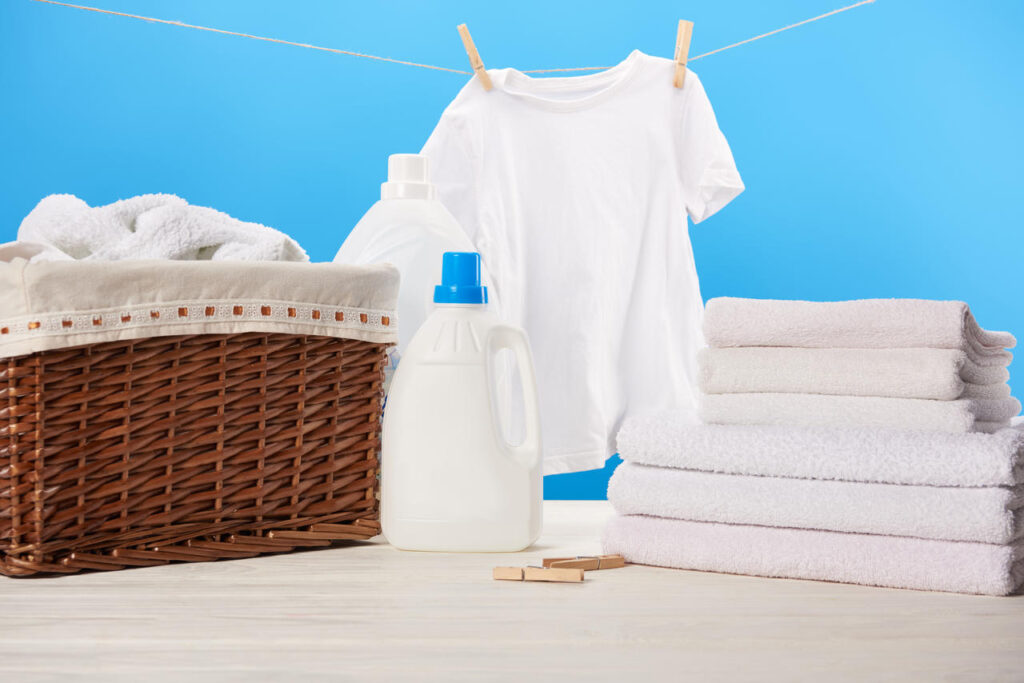


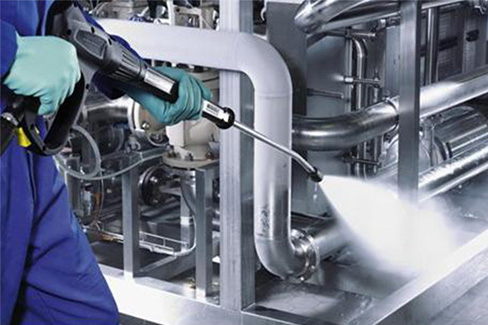

Industrial Cleaners:
In industrial settings, LABSA finds extensive application in the formulation of industrial cleaners and degreasers. Its potent surfactant properties make it effective in removing stubborn dirt, grease, and contaminants from various surfaces, including machinery, equipment, and floors. LABSA’s ability to emulsify oils and greases makes it particularly well-suited for cleaning tasks in manufacturing facilities, workshops, and automotive repair shops. From degreasing machinery parts to cleaning industrial floors, LABSA-based cleaners provide a reliable solution for maintaining cleanliness and hygiene in industrial environments.
Agricultural Chemicals:
LABSA is also utilized in the production of agricultural chemicals, where it serves as a surfactant in herbicides, pesticides, and fungicides. In pesticide formulations, LABSA helps improve the wetting and spreading of active ingredients on plant surfaces, ensuring uniform coverage and effective pest control. Additionally, LABSA aids in the dispersal of agricultural chemicals in aqueous solutions, enhancing their efficacy in combating pests, diseases, and weeds. By incorporating LABSA into agricultural chemical formulations, farmers can achieve better pest management outcomes while minimizing environmental impact through improved application efficiency.






Personal Care Products:
LABSA finds application in a variety of personal care products, including shampoos, body washes, and hand soaps. Its surfactant properties enable these products to effectively cleanse the skin and hair by removing dirt, oil, and impurities. LABSA-based formulations create rich lather and provide a luxurious sensory experience, enhancing the overall efficacy and user experience of personal care products. Whether it’s achieving squeaky-clean hair or silky-smooth skin, LABSA plays a vital role in delivering effective cleansing and hygiene benefits in personal care routines.
Other Industrial Applications:
Beyond its primary uses in detergents, cleaners, agricultural chemicals, and personal care products, LABSA finds application in various other industrial processes. It is utilized as a wetting agent, emulsifier, and dispersant in industries such as textile manufacturing, leather processing, and metalworking. LABSA’s versatility and compatibility with aqueous solutions make it a valuable additive in a wide range of industrial applications, where its surfactant properties contribute to improved process efficiency, product quality, and performance.

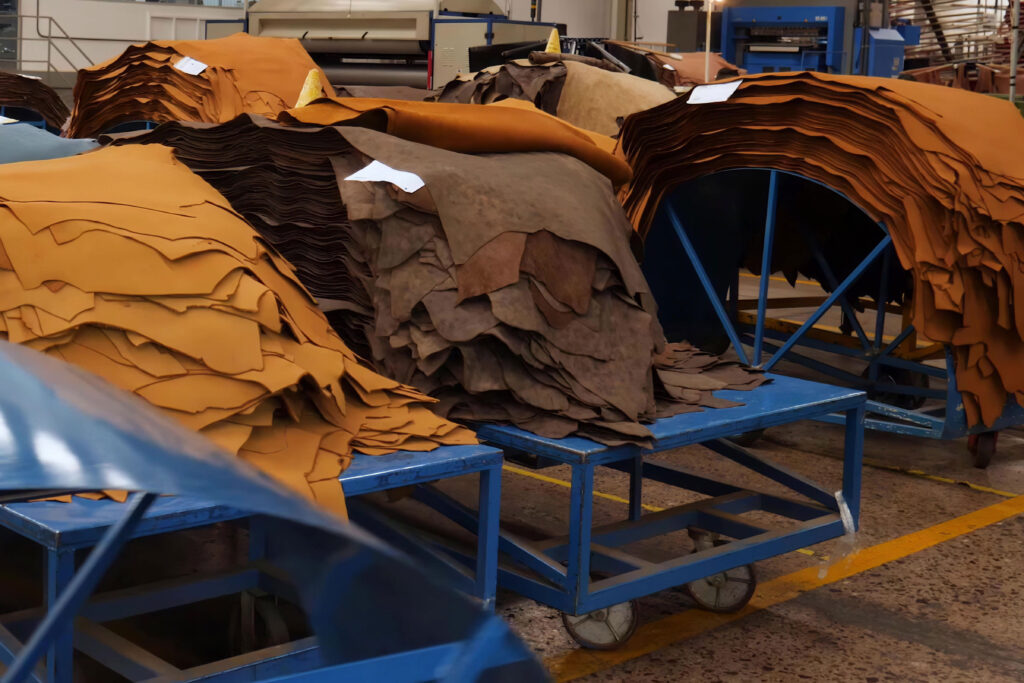

In summary, LABSA’s diverse applications span across multiple industries, where its surfactant properties play a crucial role in achieving effective cleaning, dispersion, and emulsification. From household detergents to industrial cleaners and agricultural chemicals, LABSA continues to serve as a versatile ingredient, driving efficiency, performance, and cleanliness across various sectors. If you have any questions about other specific applications of LABSA, please contact our expert team for answers.
REQUEST A QUOTE FOR MORE DETAILS
Technical Data of LABSA
| Name | Linear-Alkyl Benzene Sulfonic Acid(LABSA) |
| Synonyms | LABSA, calsoftlas99, bio-softs100, dodecylbenzenefulfonic, Laurylbenzenesulfonic acid, Dodecylbenzenesulphonic acid, n-Dodecylbenzenesulfonic acid, Linear alkylbenzenesulfonic acid, Dodecyl AlkylBenzene Sulfonic Acid, Linear chain alkylbenzene sulfonic acid |
| CAS | 27176-87-0 |
| EINECS | 248-289-4 |
| Molecular Formula | C18H30O3S |
| Molar Mass | 326.49 |
| Density | 1.06g/mLat 20°C(lit.) |
| Melting Point | 10°C |
| Boling Point | 82°C |
| Flash Point | 85°F |
| Water Solubility | 100mg/L at 25℃ |
| Solubility | water, alcohols, glycol ethers, glycols, esters, ketones, aromatic and aliphatic hydrocarbons: soluble |
| Vapor Presure | 0Pa at 25℃ |
| Appearance | Transparent liquid |
| pKa | 0.7[at 20 ℃] |
| Storage Condition | 2-8°C |
| Stability | Stable. Hygroscopic. Incompatible with bases, oxidizing agents, metals. |
| Refractive Index | n20/D 1.51 |
| MDL | MFCD00066677 |
| Use | Can be used as a curing catalyst for amino baking paint, used in the preparation of a variety of liquid, solid detergent |
| HS Code | 34021100 |
| LogP | 4.78 at 25℃ |
Downloadable Documents of LABSA
COA
COA of LABSA
LABSA Production
The production of Linear Alkylbenzene Sulfonic Acid (LABSA) involves several steps, primarily starting from the raw materials benzene and linear olefins. Here’s a detailed description of the specific production process:
1. Sulfonation of Linear Alkylbenzene (LAB):
- Raw Materials: Benzene and linear olefins (derived from the refining of crude oil or natural gas).
- Reaction: The linear olefins are first alkylated with benzene in the presence of a catalyst, such as aluminum chloride, to produce linear alkylbenzene (LAB).
- Sulfonation: LAB is then sulfonated by reacting it with sulfur trioxide (SO3) or sulfuric acid (H2SO4) at elevated temperatures (usually between 100-150°C). This reaction introduces the sulfonic acid group (-SO3H) onto the linear alkyl chain, forming Linear Alkylbenzene Sulfonic Acid (LABSA).
2. Neutralization:
- After sulfonation, the LABSA is neutralized by adding a base, typically sodium hydroxide (NaOH) or caustic soda, to adjust the pH and convert LABSA into its sodium salt form, known as sodium linear alkylbenzene sulfonate (LAS). This neutralization step also helps in reducing the acidity of the product.
3. Dilution and Stabilization:
- The resulting LAS solution is diluted with water to the desired concentration, typically around 60-70% LABSA content.
- Stabilizers, such as sodium sulfate (Na2SO4) or sodium chloride (NaCl), may be added to the solution to improve its stability and prevent decomposition during storage and transportation.
4. Filtration and Purification:
- The diluted LABSA solution may undergo filtration to remove any insoluble impurities or by-products formed during the sulfonation process.
- Additional purification steps, such as centrifugation or clarification, may be employed to further refine the LABSA solution and ensure product quality.
5. Packaging and Storage:
- The purified LABSA solution is then packaged into suitable containers, such as drums or bulk containers, for storage and transportation to customers.
- Proper labeling and documentation are provided to ensure compliance with regulatory requirements and facilitate product identification and traceability.
REQUEST A QUOTE FOR MORE DETAILS
Our Team
FAQs of LABSA
Linear Alkylbenzene Sulfonic Acid (LABSA) is an organic compound commonly used in the production of detergents and cleaning agents. It serves as a primary surfactant, enabling effective removal of dirt, grease, and stains from various surfaces.
LABSA offers excellent cleaning performance, effective emulsification of oils and greases, and compatibility with aqueous solutions. It is versatile, biodegradable, and widely utilized in household, industrial, and agricultural applications.
LABSA should be stored in tightly sealed containers made of compatible materials, away from heat, moisture, and incompatible substances. Proper handling procedures include wearing appropriate personal protective equipment (PPE) and avoiding direct contact with skin or eyes.
Yes, to purchase LABSA, it is necessary to confirm the qualification for purchasing and handling dangerous chemicals. Buyers must adhere to regulatory requirements and possess the appropriate licenses or permits for handling hazardous substances.
LABSA is widely used in industries such as detergent manufacturing, industrial cleaning, agriculture, personal care products, and textile processing. Its versatile properties make it a valuable ingredient in various cleaning and chemical formulations.
Yes, LABSA is biodegradable under certain conditions and can contribute to reducing environmental impact compared to some alternative cleaning agents. Proper disposal and wastewater treatment practices help minimize environmental pollution.
Absolutely. We offer 100g-200g samples, with the client only covering shipping costs.
Standard lead times are approximately 2-4 weeks, varying based on order size and destination.
Our standard payment terms include a 30% advance and the balance against delivery, but terms can be negotiated for long-term partnerships.
Yes, we offer comprehensive after-sales support, addressing any post-purchase queries or concerns.
As a supplier, in order to provide you with an accurate quote for your product, please inform us of the quantity you require, the required purity specifications, any specific packaging needs, your shipping location, and whether your application requires any customization requirements or certifications.




